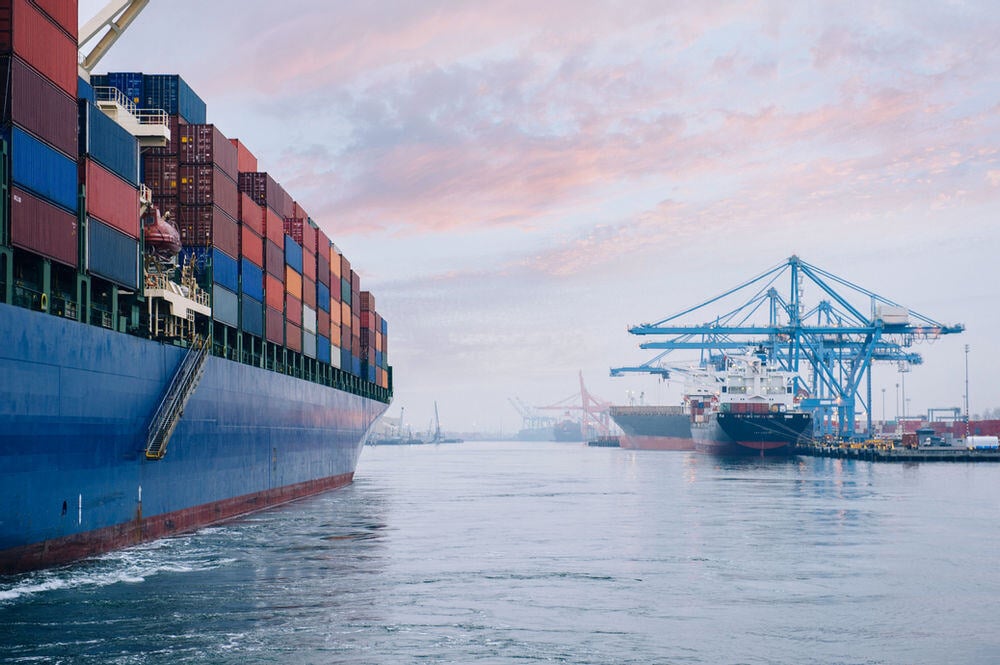
Transmodal's May 2025 Freight Market Update
Here are some of the top news stories impacting supply chains right now.
On May 12, the White House announced a trade agreement between the United States and China. Both countries have agreed to reduce tariffs by 115% while retaining a 10% baseline tariff. Changes are to take effect by May 14. China will suspend its 34% retaliatory tariffs for 90 days and remove other non-tariff countermeasures. The U.S. will lift additional tariffs imposed on April 8 and 9 but will maintain pre-April 2 duties, including those related to Section 301, Section 232, and measures addressing the fentanyl crisis.
Our take: This is welcome news for supply chains. In some ways, the uncertainty surrounding tariffs has been as difficult for the markets as the tariffs themselves. Companies need to remember this agreement is for 90 days and leave many tariffs still in place at historically high levels. Unfortunately, there will be more news to come with tariffs.
Read more here.
Air cargo growth projections have been downgraded due to global economic uncertainty, changes to U.S. de minimis rules, and tariff impacts. With the removal of the de minimis exemption on low-value imports from China as of May 2, it's expected that transatlantic volumes will be slashed, especially in e-commerce. Some forecasters are predicting near-zero growth. There's uncertainty among brokers and importers since the U.S. customs systems are reportedly not prepared for the policy change. Some concerns include limitations to their systems, manual tariff calculations, and agencies that are understaffed. It is worth noting that Southeast Asian exports are rising, but not enough to offset the broader decline from China. Overall, the industry faces short-term instability and uncertainty.
Our take: All this said, the production restart coming thanks to the 90-day tariff pause between the US and China will reshape the outlook for the air cargo market. There is also talk about de minimis rules changing again, which could also impact air cargo rates. In other words, the air market will remain in flux for the time being.
Read more here.
With a 90-day tariff reprieve between the U.S. and China, companies are accelerating their production and shipping in hopes of capitalizing on it. The agreement, effective May 14, has moved businesses to expedite as many goods as they can from China. However, this surge in activity is expected to increase demand for freight services, which will potentially drive up rates. There's still a lot of uncertainty, thanks to the agreement's temporary nature—making future trade conditions unclear. Businesses are strategizing in an effort to maximize this window, having to balance immediate opportunity against any potential long-term challenges.
Our take: It is great news that supply chains are ramping up again. However, importers should be prepared for limited vessel space and port congestion in the coming weeks. We suggest talking to your forwarder about alternate routing options if you have difficulty finding space or rates rise quickly.
Read more here.
